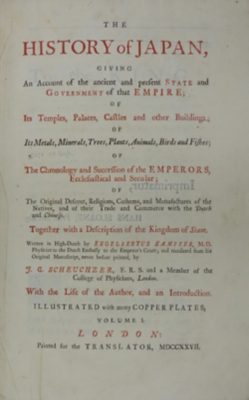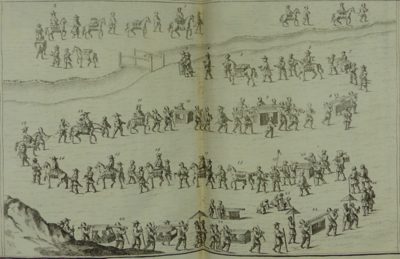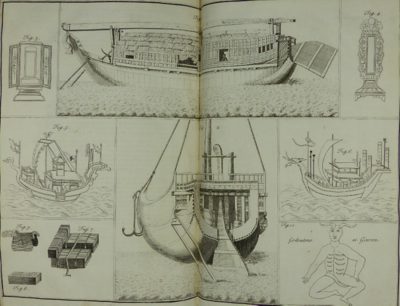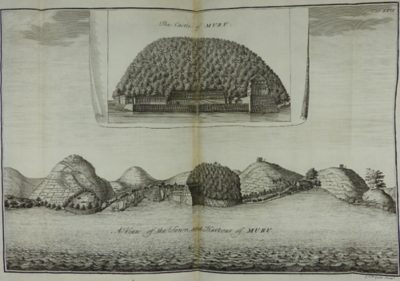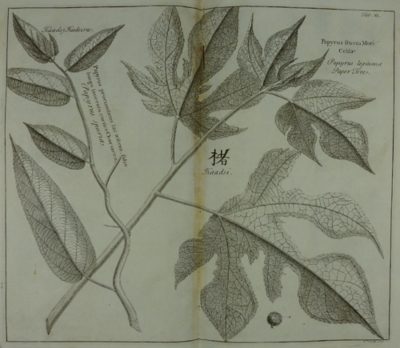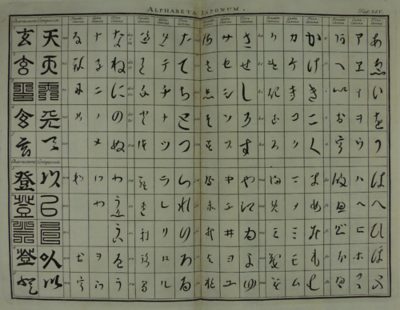The history of Japan: giving an account of the ancient and present state and government of that empire; of its temples, palaces, castles and other buildings; of its metals, minerals, trees [...]. (London: Scheuchzer, 1727).
published April 2015
The favorite book of Urs Werner
Chapter five of this series takes us to the Far East - to Japan. Engelbert Kaempfer was the first European scholar who travelled to Japan with the end in mind to publish a report about his journey by using modern scientific methods. Urs Werner who knows Japan like the back of his hand presents Kaempfer’s adventurous life and the destiny of his travelogue.
&crop=(0,96,574,451))

